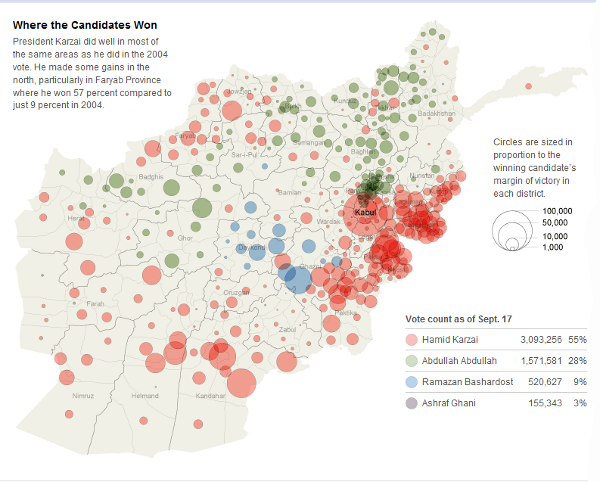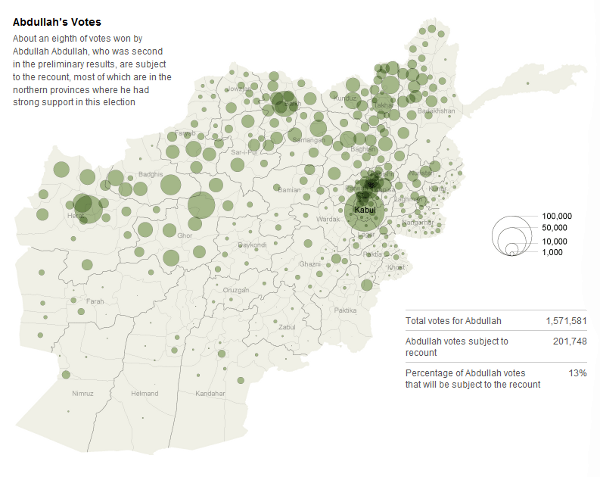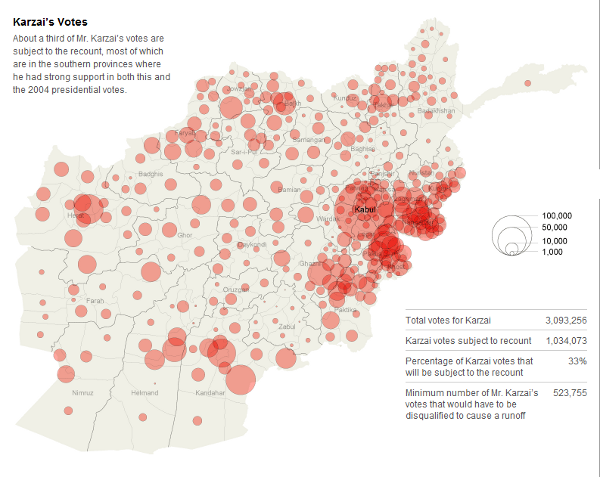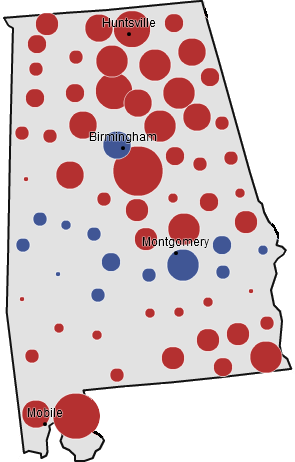This is a map I decided to make for Clark in MN-6 and Bonoff in MN-3, both have been solid legislators, have won swingy state senate districts, one in a district we could simply use a little more help winning and another where the incumbent is so ridiculous we’ve got a great shot.
Then, after I did that portion of the map, I decided, what can I do for Greater Minnesota? Is it possible to make an Obama/Peterson district in MN-7? It took some creative maneuvering and a bit of gerrymandering, but I succeeded and created a map where Obama won 7 out of 8 of the districts. So with the current delegation I have envisioned for these seats, it’d be 1 Blue Dog, 6 liberals, and 1 Texan.
I would certainly never advocate for the Greater Minnesota districts to actually take this shape as the gerrymanders shift the margins by mere percentages and none make or break an incumbent’s re-election chances. It was just for fun!
The metro area districts, though, are something I’d heavily advocate for (with of course some tweaking and less gerrymandering). The metro area was butchered by the courts when they drew the lines for us this last time as MN2,3&6, while having at least half of their populations based in the suburbs, all have exurban and rural territory that make winning these districts quite tough if not impossible in the case of MN-2 and if it weren’t for Bachmann, MN-6 as well. I instead wanted to keep the metro area in the metro area with MN3-6 having Minneapolis/St Paul and all of its suburbs and making MN-2 the de facto exurban district, and then keeping MN1,7&8 as rural as possible, with some encroachment to the metro as the rural areas lose population.
I did the population on Dave’s and then did the vote totals by asking the MN SoS office for an excel spreadsheet with all the vote totals. I then made an excel spreadsheet that had all the municipalities of my districts, and then literally cut and paste every precinct from the results spreadsheet into a new one for the totals. Only took a couple of hours as everything was divided by county so I could cruise through counties I didn’t break up.

Map with county lines for those who know where stuff is and curious to see how it all lined up. The map with the county lines also has a zoomed version of the metro area, as I figured a zoomed in area would be quite helpful with county lines.
MN-1: Rep. Walz
49/48 Obama
This district doesn’t change too much. It trades out some mainly Republican precincts in the southwest to make room for the MN-7 gerrymander, which makes it move a bit more north on the east side. Still all farmland, still all Walz’s.
MN-2: OPEN
40/58 McCain
This is an open seat that takes in every piece of Republican territory as I could possibly make it with there being less than 10 Dem precincts in the whole district. The exurbs are what form the main block of the district and then all the gerrymandering is it picking up as much of the Red River Valley as I could before reaching the population max. It takes in strongly Republican Meeker, McLeod, and Sibley counties from MN-7, Benton, parts of Sherburne, Stearns, and Wright from MN-6, and then the gerrymanders are Todd and Otter Tail County, Douglas and Stevens county, the middle is giving the city of Litchfield to MN-7 in exchange for Republican parts of Kandiyohi county, and then the bottom snaking piece is Brown and Redwood counties. I’d estimate that the exurban areas account for a solid 70%-80% of the district and then the rural areas make up the rest. Kline no longer lives in this district as he lives in a suburb and is thus included in a different district.
MN-3: Rep. Paulsen
57/41 Obama
This district is designed for Bonoff and she is a solid bet to win here. The district is no longer a west metro district but now a south metro district. I didnt really like the shape I had to give it as Bonoff lives in Minnetonka, a suburb directly west of Minneapolis. It takes in everything bordering Minneapolis south of New Hope/Crystal, giving it a few suburbs that vote 2-1 DFL, suburbs from the old MN-3 like Edina, Eden Prarie (where Paulsen lives) and Bloomington and then moves east to pick-up Apple Valley, Burnsville, Eagan, and then the little gerrymander is picking up the main parts of Cottage Grove. The northern part of Dakota County that are 2-1 DFL suburbs are also thrown in for good measure. The district no longer picks up exurban Hennepin County and is strictly suburban, which is what makes it such a solid district. I have a hunch if I looked at the 2004 numbers, the shift to 50/50 would be rather large as the district has shifted a lot since then.
MN-4: Rep. McCollum vs. Rep. Bachmann vs. Rep Kline
61/37 Obama
The district needed to expand south to pick-up population taken by MN-3 and MN-6 that took in the inner St Paul suburbs. It takes in more of the Washington county suburbs, including Woodbury where Bachmann lives. It then picks up the last ring of suburbs south of MN-3, which includes Lakeville where Kline resides. McCollum is still quite safe in this district. The areas that she picked up, while more Republican, are quickly shifting to the Democrats as these former exurbs turn into suburbs, which will make the district just as Democratic as it was within a decade, easily. This means that within a decade when that area south of MN-3 is full-fledge suburban territory and votes like the other suburbs, I’d give those areas to MN-3 to make the two districts less gerrymandered.
MN-5: Rep. Ellison
68/30 Obama
Still containing Minneapolis, the district is now gerrymandered to pick up other cities besides the ones immediately bordering it pretty much. It connects to the western suburbs through New Hope, Crystal, and Robbinsdale, suburbs that are a bit of an oddity in that they don’t vote 2-1 DFL considering their locale to Minneapolis. The district then pick-ups up Plymouth to the west and then goes to pick-up the Lake Minnetonka area suburbs a little more west and south from there. (A couple of exurbs sneak in there as well.) It moves even futher south into Scott County to pick-up the three suburbs there for population purposes. This cuts the margin by 12% yet the district still maintains it’s 13% black population. I do like that I added Lake Minnetonka as Minneapolis is littered with lakes and has some of the most gorgeous (and biggest) houses in the metro. A black Muslim being able to win, sure it’s questionable, but I think he’ll be fine. A Democrat will certainly win this district and Ellison will clearly have a huge upper-hand in a primary and endorsement. Minneapolis is 62% of this district’s population, plus many of these suburbs are shifting quickly as they grow in population.
MN-6: OPEN
52/46 Obama
This district is designed for Clark who is running against Bachmann. This district connects St Cloud (where Clark lives) down to the northwest suburbs which really makes sense as this district exactly follows HWY 10 and the new commuter light rail that’s going in (only half of it is opening in a month and the other half to St Cloud will open in a few years). While it looks kind of gerrymandered, when it comes to community of interests, this is one entire suburban and travel corridor and probably would be one of the best districts in the state for the community of interests argument, if not country. St. Cloud is swingish/Dem leaning and is roughly 65k population. I included the suburbs around St. Cloud as well, which went 55/45 McCain to 50/50. Reason for this is there aren’t any other blue areas to pick-up and Clark should be able to do well due to hometown advantage. The district then heads southeast, goes through some exurbs that are exploding in population thus no longer making them like 75% GOP. The suburbs NW of Minneapolis have rapidly shifted to leaning Dem and the inner suburbs go 2-1 DFL. This kind of takes over for MN-3 and becomes the swing-suburban seat.
MN-7: Rep. Peterson
50/47 Obama
Yes, I made an Obama/Peterson district! Ok, it took some creativity and made me have to silence the “good government” in me, but Obama did indeed win this district. It keeps the main part of the district but now MN-2 cuts into it to take in as many Republican votes as possible, which gave me room to create that tendril. The tendril picks up St Peter which has Gustavus college, Democratic Faribault city, Northfield, which has St. Olaf college and Carleton college (for Golden Girls fans, Rose is from St Olaf MN, which is way up in Otter Tail County and is not related to the college), snakes up Dakota County to pick-up Hastings, and then on up to Stillwater. The district did use to pick up Red Wing but then I decided to give that to MN-1 to ungerrymander a little and to give some votes back to Walz, who is the one who got hurt the most by Peterson getting a safer district. At the north end, the gerrymander with MN-8 is for MN-8 to pick-up the more Republican parts of the North Country, with MN-7 taking in Bemidji.
MN-8: Rep. Oberstar
53/44 Obama
This district changes very little. It adds a percentage point to the Dems as MN-2 also took in some Republican parts from MN-8. The district does start venturing into exurban/suburban territory at the south end but that is somewhat unavoidable as the rural areas are shrinking and the suburbs growing. The district is still based in Duluth and the Iron Range, anchoring it down as a DFL seat.





